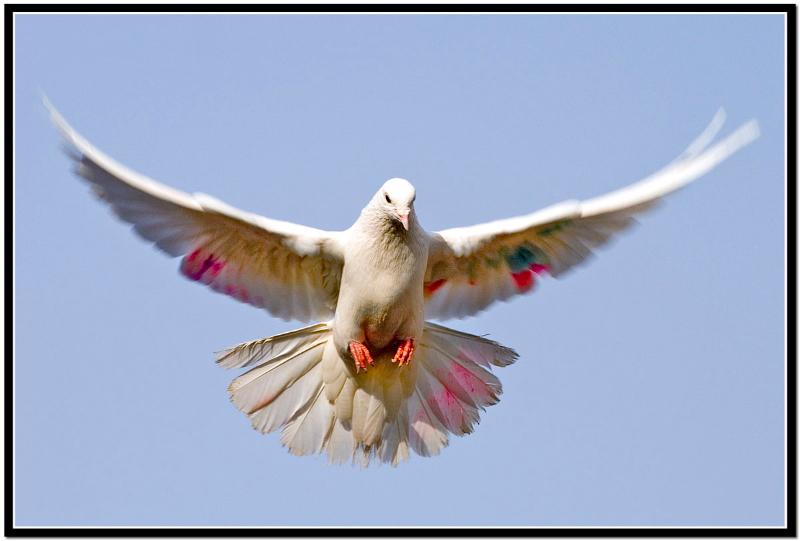Dear Integral Meditators,
This weeks article looks at a basic skill for anyone wanting to develop a healthy and harmonious consciousness; the ability to avoid repressing emotion when trying to detach from it! As you can see below I have included a couple of basic diagrams to try and help with the explanation, hopefully you’ll find that they help to clarify your understanding by giving an image to work with…
Upcoming Classes and Workshops at Integral Meditation Asia in For February and March 2013
March 13th – Class 3: Uncovering Treasure; Working with the bright side of your shadow
This class emphasizes the uncovering of the parts of our shadow that are actually GOOD qualities, strengths and gifts within our shadow self that, for one reason or another we have rejected or denied. It may sound strange, but we are often just as inclined to shy away from that within us which makes us powerful and happy as we are from that which we consider ugly and ‘bad’! This class helps us to see this and start to access the power of our “golden shadow”
Saturday 23rd March – 9.30am-12.30pm – Three Hour Workshop:
Meditation for Creating a Mind of Ease, Relaxed Concentration and Positive Intention – An Introduction to Contemporary Meditation Practice
Emotional Detachment, Emotional Repression – The Difference
One of the basic skills that both meditation and mindfulness practitioners are trying to develop is the ability to develop a healthy detachment from challenging or destructive emotions. However, it is all too easy to confuse health emotional detachment with simply the repression of the emotion. Emotional detachment helps us to deal more effectively with the emotion. Emotional repression however only makes the long term effects of the difficult emotion more severe.
What I am going to do in this article with the aid of a couple of (old school) diagrams to help is to clearly explain the difference between the two.
The Dynamic of Emotional Repression.
When emotion is repressed, the conscious mind or self represses, rejects and pushes away the challenging emotion into our unconscious mind, trying to ignore and deny it. The act of repressing the emotion is that firstly the emotion becomes energized and perpetuated, and secondly we loose the ability to see and feel it properly, as it becomes a part of our unconscious mind, not directly visible to our everyday conscious awareness.
You can see this represented in the first diagram:
The Dynamic of Emotional Detachment.
In the dynamic of healthy emotional detachment, the difficult emotion is carefully included within the field of conscious awareness, and not repressed into the unconscious self. As a result the conscious self can still see and feel the emotion clearly, whilst at the same time being detached or dis-identified from it. Because the conscious self is still fully aware of the emotion, it can extend care, attention and inclusivity to the emotion, thus helping it to heal, harmonize and de-toxifyunder the influence of the care of the detached, conscious self.
You can see this dynamic represented in the second diagram here:
Suggested Practicum for the Week
If you have a look at the two diagrams above , I think you can get a feel for the difference between emotional repression and healthy emotional detachment. Using the study of the diagrams as a rough guide you may like to take one challenging emotion of your own and specifically work with it. For example you could take the emotion of embarrassment or excessive self-consciousness as your object of training. Whenever you feel it coming up in your body-mind during social interaction, focus on trying to detach but include it in your awareness with care, rather than repressing, rejecting and exiling it to your unconscious mind.
Understanding the difference between repressing and detaching from emotion is a huge area of consciousness training, and getting it right can really make a HUGE difference to your quality of life!
© Toby Ouvry 2013, you are welcome to use or share this article, but please cite Toby as the source and include reference to his website www.tobyouvry.com


 Four Types of Mindful Coaching Conversation
Four Types of Mindful Coaching Conversation




 Spiritual Fear, Spiritual Courage
Spiritual Fear, Spiritual Courage Recognizing Three Types of Fear, Meditating on three Types of Courage
Recognizing Three Types of Fear, Meditating on three Types of Courage The Key to Dealing with Stress, the Challenge of Dealing with Anxiety
The Key to Dealing with Stress, the Challenge of Dealing with Anxiety